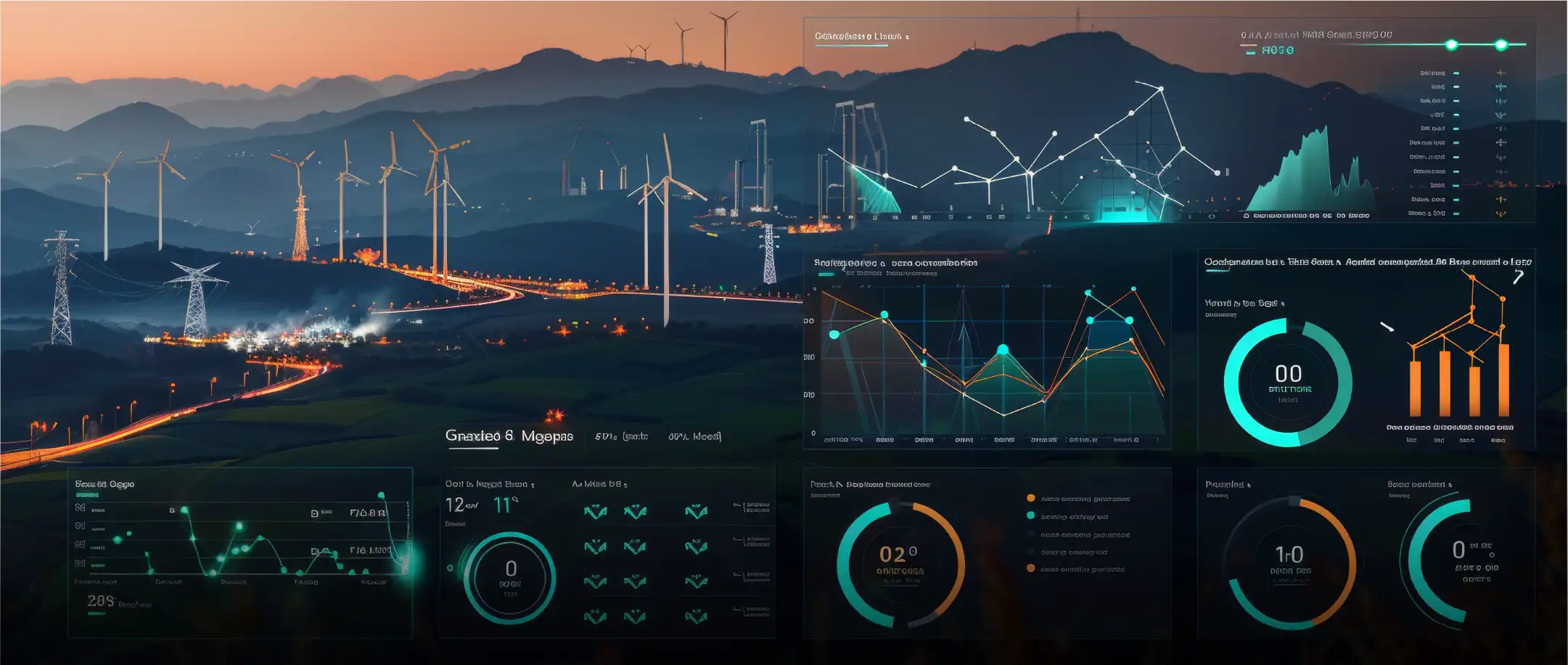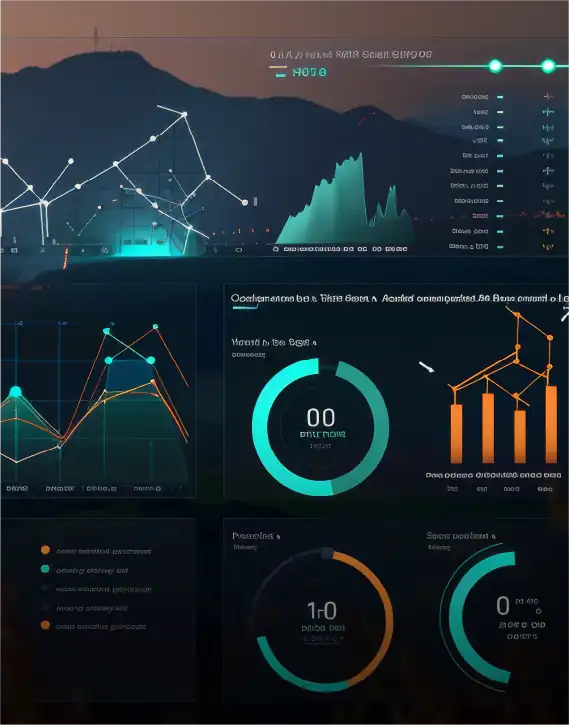Stay updated with industry insights, project highlights, and expert advice. Follow our LinkedIn page to join our professional network and keep up with the latest in construction consultation.
Follow Us
Stay updated with industry insights, project highlights, and expert advice. Follow our LinkedIn page to join our professional network and keep up with the latest in construction consultation.
Follow Us


